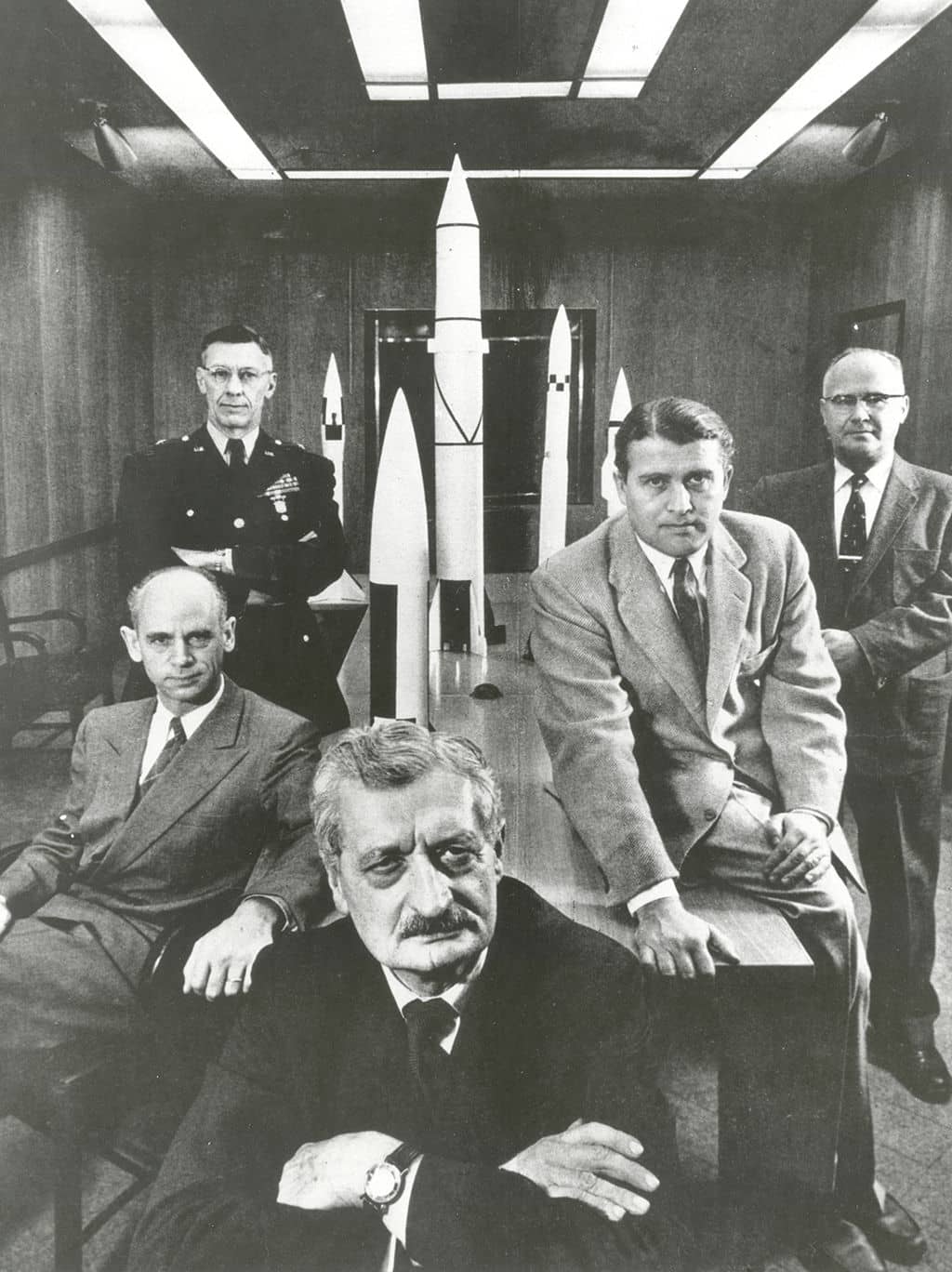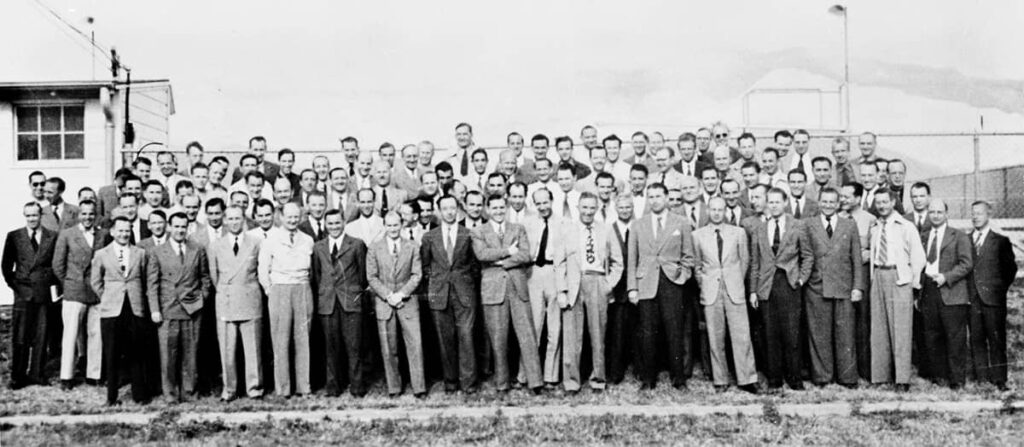
Operation PAPERCLIP was a covert operation conducted by the United States government during the aftermath of World War II. The operation aimed to recruit German scientists who had worked for the Nazi regime and bring them to the United States to work for the US government. The operation was carried out from 1945 to 1959 and saw the recruitment of more than 1,600 German scientists, engineers, and technicians.
The operation was controversial, as many of the scientists recruited had been involved in war crimes and crimes against humanity during the war. However, the US government believed that the scientific expertise of these individuals was too valuable to ignore, and so they were brought to the US and given new identities and jobs.
Who were the Nazi scientists recruited?
The Nazi scientists recruited through Operation PAPERCLIP were some of the most brilliant minds of their generation. They included rocket scientist Wernher von Braun, who had developed the V-2 rocket for the Nazis, and Arthur Rudolph, who had overseen the production of the V-2 rocket. Other notable scientists included Hubertus Strughold, a medical researcher who had conducted experiments on concentration camp prisoners, and Kurt Blome, a microbiologist who had worked on developing biological weapons for the Nazis.
While the US government was aware of the scientists’ pasts, they believed that their expertise was too valuable to ignore. As a result, the scientists were given new identities and jobs in the US, and their pasts were largely overlooked.

How did the operation take place?
Operation PAPERCLIP was carried out in secret, with the US government working to cover up the recruitment of Nazi scientists. The operation was conducted by the Joint Intelligence Objectives Agency (JIOA), which was tasked with identifying and recruiting German scientists.
The JIOA worked to identify scientists who had expertise in areas such as rocketry, aviation, and medicine, and then offered them jobs in the US. The scientists were given new identities and provided with housing and other support to help them settle into their new lives in the US.
The operation was controversial, as many of the scientists recruited had been involved in war crimes and crimes against humanity during the war. However, the US government believed that the scientific expertise of these individuals was too valuable to ignore, and so they were brought to the US and given new identities and jobs.
What were the consequences of Operation PAPERCLIP?
Operation PAPERCLIP had a significant impact on the US government’s scientific and technological capabilities. The scientists recruited through the program played a key role in the development of the US space program, and their expertise helped the US to gain a technological edge over the Soviet Union during the Cold War.
However, the program was also controversial, as many of the scientists recruited had been involved in war crimes and crimes against humanity during the war. Some of the scientists were later accused of war crimes and faced legal action, while others were allowed to continue their work without facing any consequences for their past actions.
The program also had a significant impact on the public perception of the US government, as many people were outraged that the government had recruited Nazi scientists and given them new identities and jobs. The controversy surrounding the program continues to this day, with many people calling for greater transparency and accountability regarding the recruitment of Nazi scientists.
Operation PAPERCLIP was a controversial program that had a significant impact on the US government’s scientific and technological capabilities. While the program helped the US to gain a technological edge over the Soviet Union during the Cold War, it also raised questions about the government’s willingness to overlook war crimes and crimes against humanity in the pursuit of scientific expertise. The legacy of Operation PAPERCLIP continues to be debated, with many people calling for greater transparency and accountability regarding the recruitment of Nazi scientists.